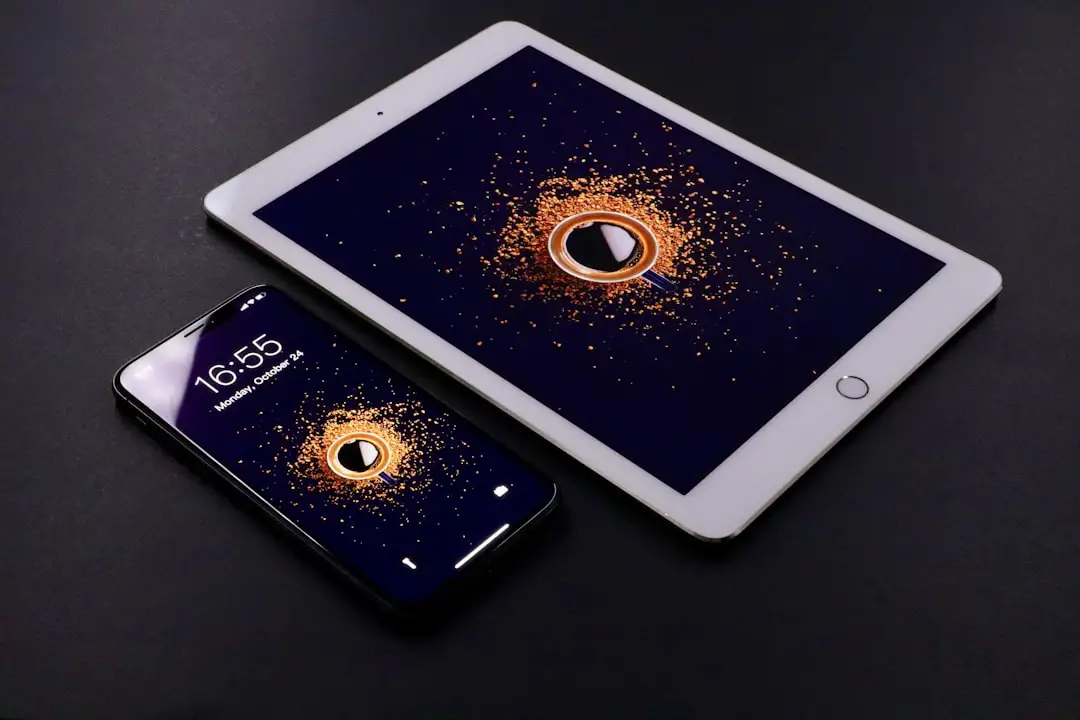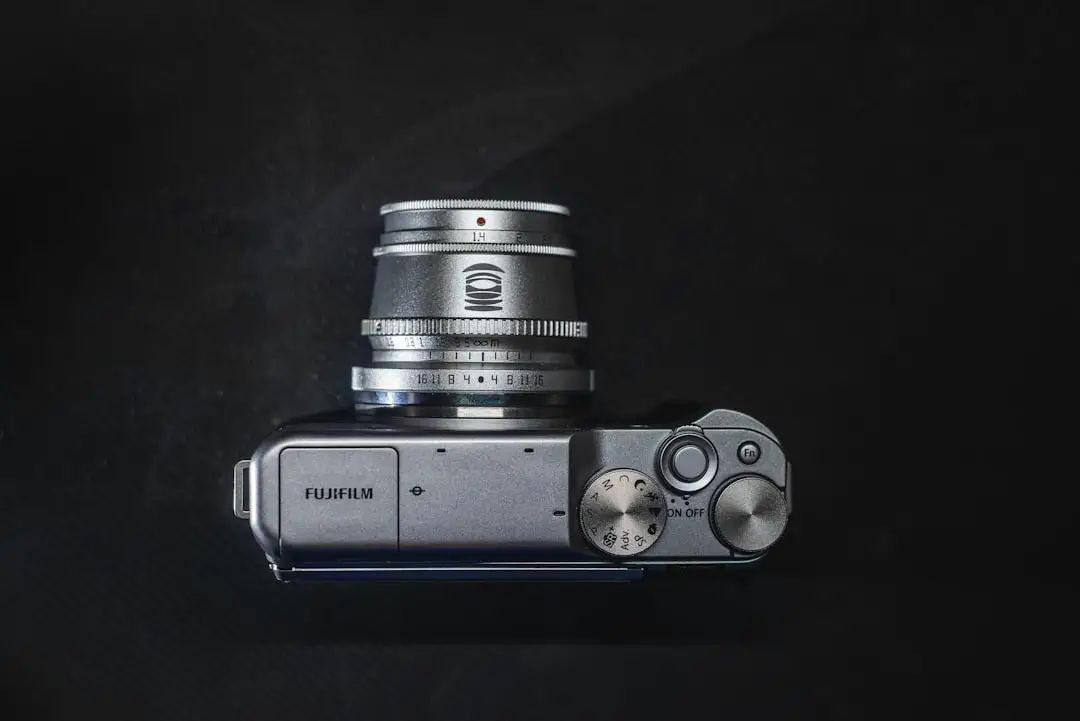With every new iteration, Google’s Pixel lineup brings fresh innovation and tighter integration between hardware and software. The Pixel 9 Pro represents the latest evolution in Google’s smartphone journey, and it’s only natural that fans and tech enthusiasts would want to know how it stacks up against the well-regarded Pixel 7. While the Pixel 7 was a big step up in AI features and photography in its time, the Pixel 9 Pro brings a suite of upgrades that touch nearly every part of the phone, from design and processing power to camera performance and software experiences.
In this article, we’ll dive deep into a comparison between the Pixel 7 vs Pixel 9 Pro to explore what’s new, what’s changed, and why it matters.
Design and Display
The first noticeable difference between the Pixel 7 and the Pixel 9 Pro is the design. While both phones maintain Google’s signature horizontal camera bar across the back, the Pixel 9 Pro refines this with even smoother curves and a premium matte finish that lends it a more elegant, modern look.
The Pixel 9 Pro features a 6.7-inch LTPO OLED display with a variable refresh rate from 1Hz to 120Hz, making a visible impact on fluidity and battery efficiency. The Pixel 7, in contrast, came with a slightly smaller 6.3-inch OLED screen with a fixed 90Hz refresh rate. The difference in display smoothness, especially when scrolling and gaming, is considerable.

Also, the Pixel 9 Pro’s peak brightness has improved dramatically—from 1,000 nits in the Pixel 7 to over 1,600 nits—making outdoor visibility significantly better. HDR content shines brighter, quite literally, thanks to these enhancements.
Processor and Performance
The Pixel 7 was powered by the Google Tensor G2 chip, a second-generation custom SoC designed by Google with AI workloads in mind. The Pixel 9 Pro steps up with the much more capable Tensor G4. This new chip is built on a more power-efficient node and includes multiple optimizations for sustained performance and improved thermal management.
Here are some of the key performance improvements:
- CPU and GPU Upgrades: The G4 packs new ARMv9-based cores and a more powerful Mali-G715 GPU, offering up to 30% better graphics performance.
- Machine Learning: Enhanced ML capabilities power everything from real-time language translation to advanced photo editing tools.
- Battery Efficiency: Thanks to better thermal design and more efficient processing, the Pixel 9 Pro offers 10–15% longer battery life on average than the Pixel 7.
For day-to-day usage, these updates translate to faster app launches, smoother multitasking, and better gaming performance. Even machine learning tasks like Magic Eraser or Live Translate run quicker and with more accuracy than before.
Camera Capabilities
The camera has always been a centerpiece of the Pixel experience, and with the Pixel 9 Pro, Google has gone all-in. The Pixel 7 had an excellent dual-camera setup—50 MP wide and 12 MP ultrawide—but the Pixel 9 Pro turns it up a notch with a professional-level triple-lens system:
- 50 MP Wide Lens: An improved version of the Pixel 7’s primary sensor capable of capturing more light and finer detail.
- 48 MP Ultrawide Lens: With macro focus capability, adding versatility for close-up shots.
- 48 MP Telephoto Lens: Provides 5x optical zoom—something the Pixel 7 lacked entirely—making the Pixel 9 Pro a better choice for mobile photography enthusiasts.

More than just hardware, the Pixel 9 Pro also brings efficiency to image processing. Thanks to the upgraded Tensor G4 chip, features like Real Tone, Night Sight, and Super Res Zoom all perform notably faster and more accurately. The new Video Boost mode uses AI to automatically enhance lighting and stabilization across different environments for cinematic-quality recordings.
Software Enhancements
One of the key advantages of owning a Pixel phone is getting a pure Android experience, and in this department, the Pixel 9 Pro shines even brighter than its predecessor. Shipping with Android 15 out of the box, the Pixel 9 Pro includes exclusive new software features that take productivity and personalization to the next level.
What’s especially new includes:
- Gemini AI Integration: The Pixel 9 Pro introduces smarter integration with Google’s Gemini AI, offering on-device summarization, intelligent message replies, and assistant-guided photo editing.
- Better Widget Customization: More dynamic widgets that adapt to your day and activities in real-time.
- Privacy Upgrades: New granular control over microphone and camera access, including emergency lockdown options.
- Seven Years of Updates: A major bump from Pixel 7’s three years of OS and five years of security updates, the Pixel 9 Pro comes with up to seven years of software support, rivaling Apple’s longevity.
Battery and Charging
Battery life is often a sticking point in modern phones, and Google has made concerted efforts to address that in the Pixel 9 Pro. The new device features a 5,100 mAh battery, up from 4,355 mAh in the Pixel 7. Even with the high-refresh-rate screen and increased power under the hood, the Pixel 9 Pro consistently outperforms the Pixel 7 in daily endurance tests.
Charging speeds have also seen improvements:
- Wired Charging: Up to 30W with the Pixel 9 Pro vs 20W on the Pixel 7.
- Wireless Charging: Both phones support wireless charging, but the Pixel 9 Pro is optimized for faster charge when paired with the second-gen Pixel Stand.
In real-world use, the charging improvements mean less time tethered to a cable and more time enjoying your device.
Connectivity and Biometrics
Connectivity has received a considerable boost in the Pixel 9 Pro. It introduces Wi-Fi 7 support and the latest Bluetooth 5.3 standard, compared to the older Wi-Fi 6E and Bluetooth 5.2 on the Pixel 7. These updates help deliver smoother streaming, quicker device pairing, and better overall reliability.
One standout new feature is the addition of ultrasonic fingerprint sensing. The Pixel 7 used an optical under-display sensor that could be a little fussy, especially with wet fingers. The Pixel 9 Pro’s ultrasonic sensor is faster and more accurate, drawing praise from early reviewers.
Price and Final Thoughts
With all these advancements, it’s only expected that prices would see an upward bump. The Pixel 7 originally launched at $599, while the Pixel 9 Pro comes in starting from $999. It’s a significant difference, but it reflects the major leap in features, camera tech, and future-proofing.
If you’re deciding whether to upgrade, here’s a quick breakdown:
- Stick with the Pixel 7 if you’re satisfied with your current camera performance and don’t need the latest software features or extended zoom capabilities.
- Upgrade to the Pixel 9 Pro if you want cutting-edge AI features, a pro-grade camera experience, and longer device support.
Google has clearly positioned the Pixel 9 Pro not just as an iterative update, but as a true flagship contender. From its refined design to its smart software and best-in-class photography, it stands as a compelling upgrade that challenges both iOS and Android rivals.
Whether you’re a longtime Pixel user or someone just looking to jump into the Google ecosystem, the innovations introduced with the Pixel 9 Pro are hard to ignore. It represents Google’s vision of the smartphone future—intelligent, intuitive, and undeniably powerful.
